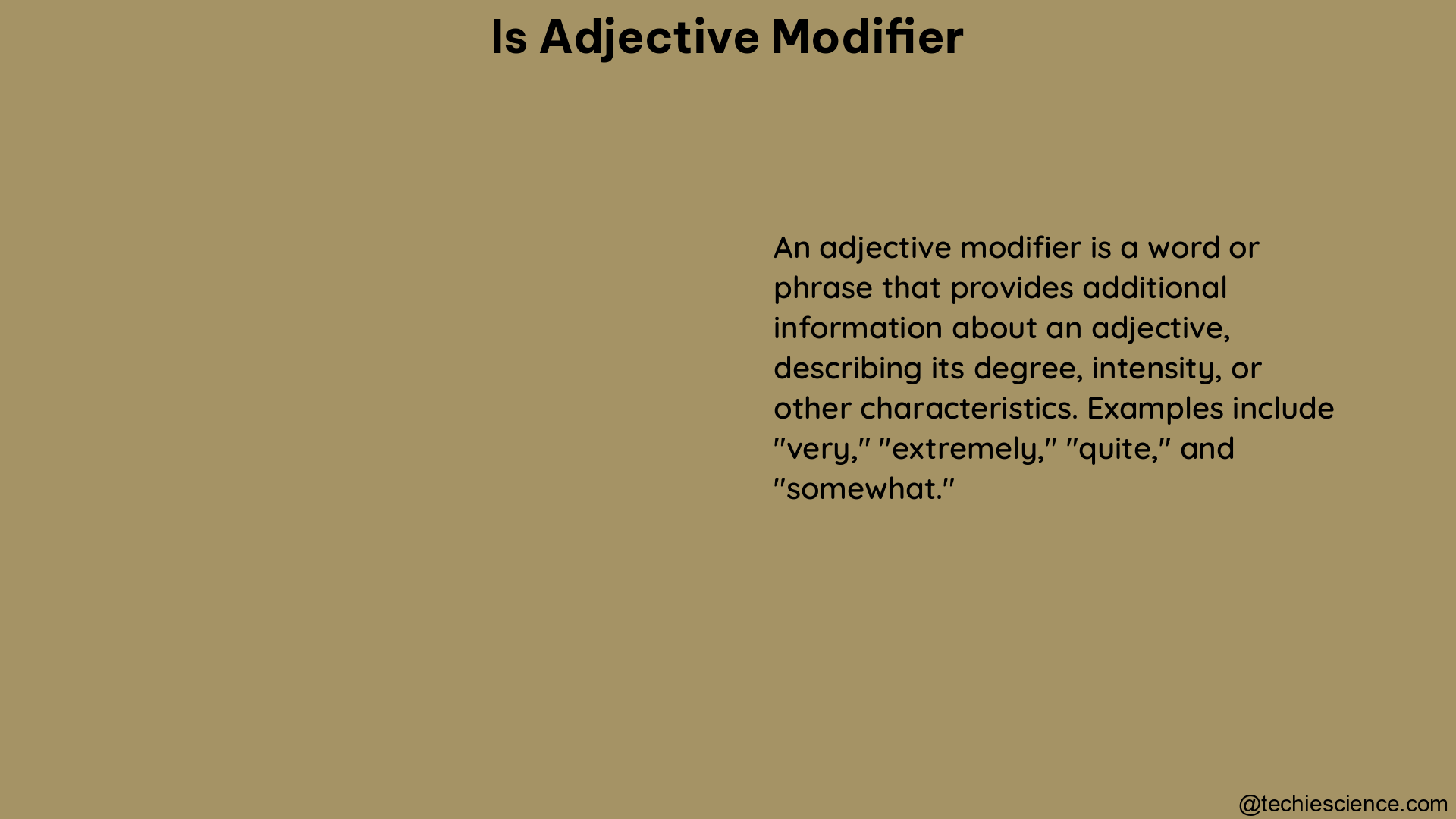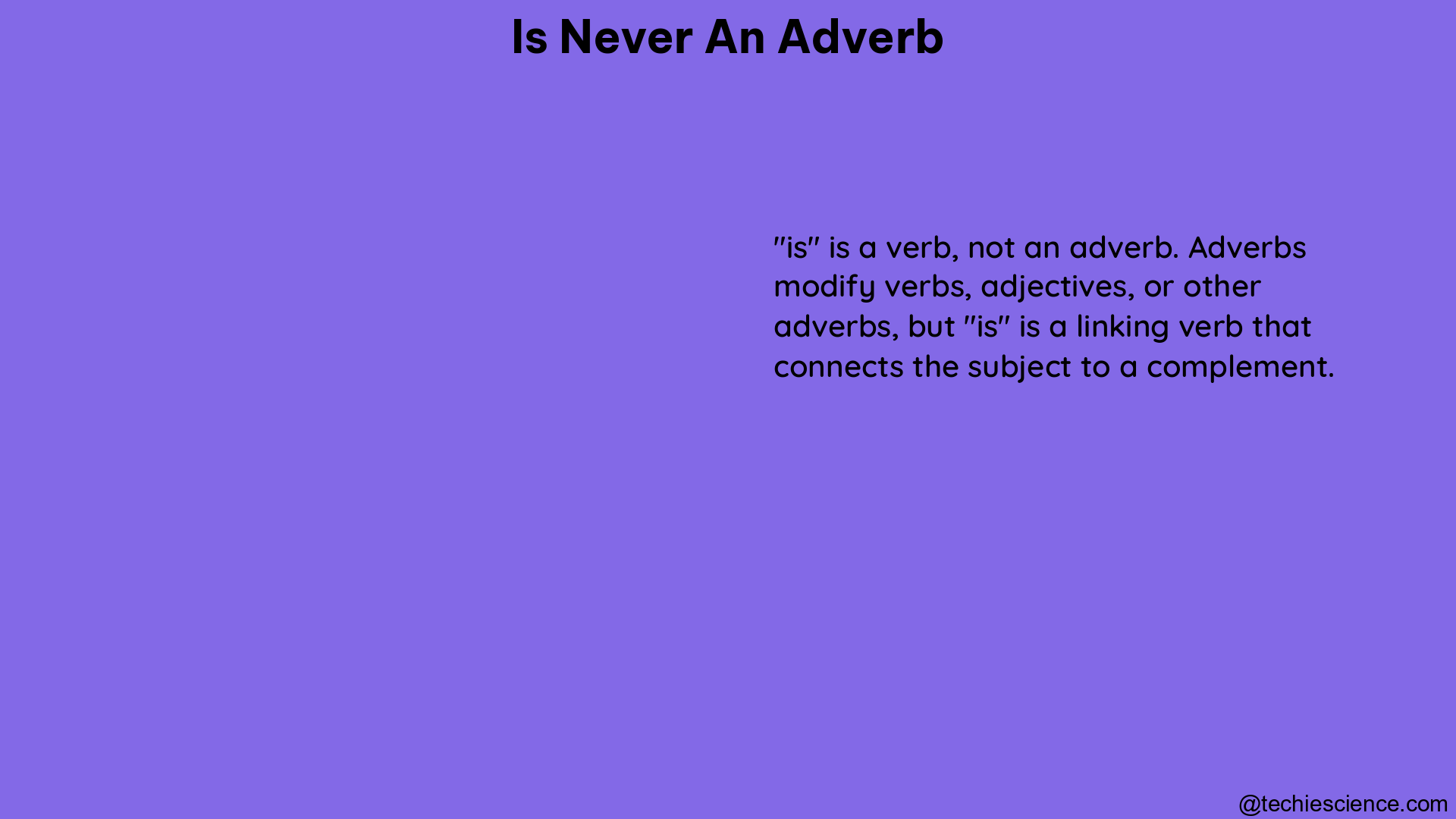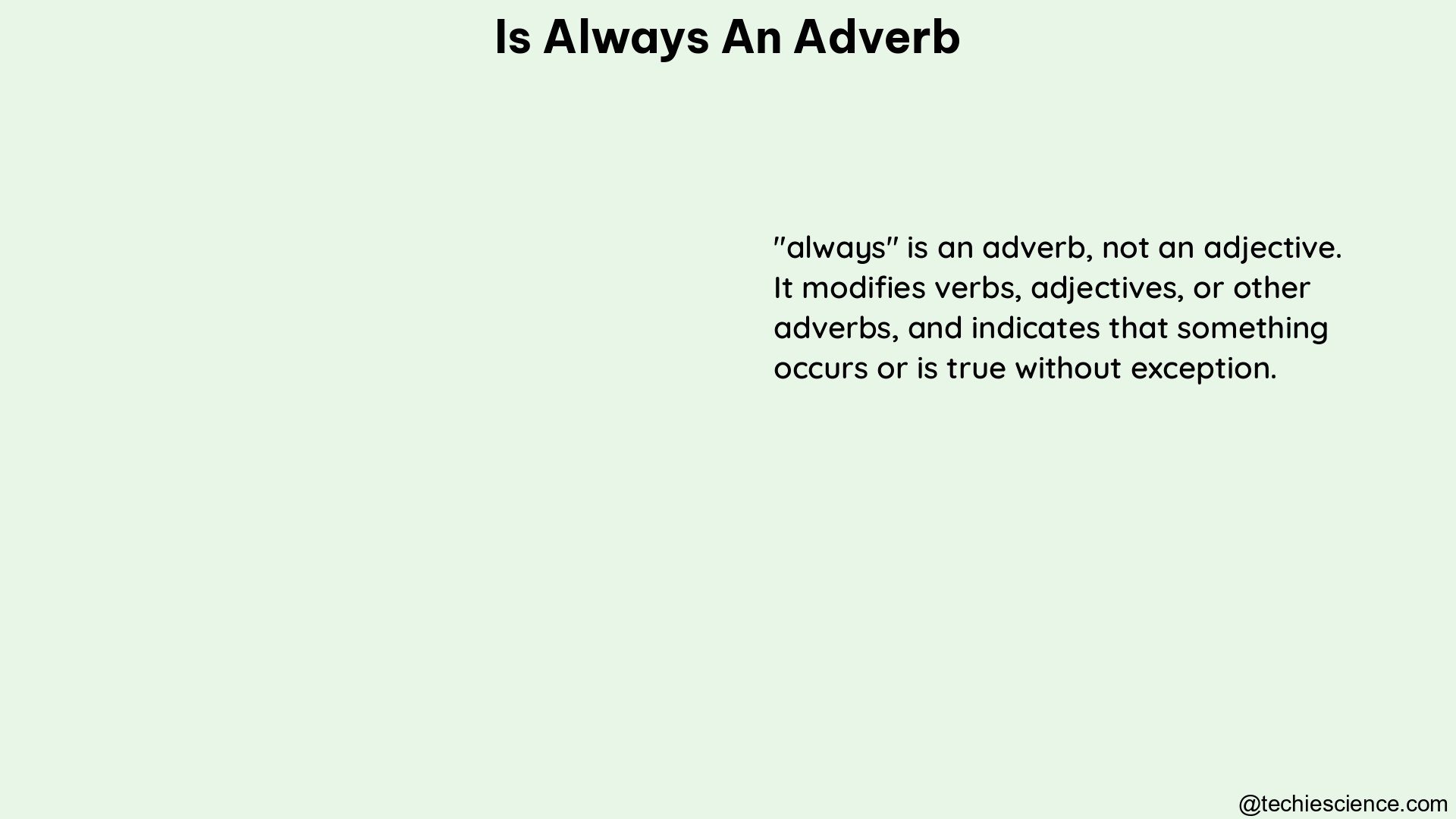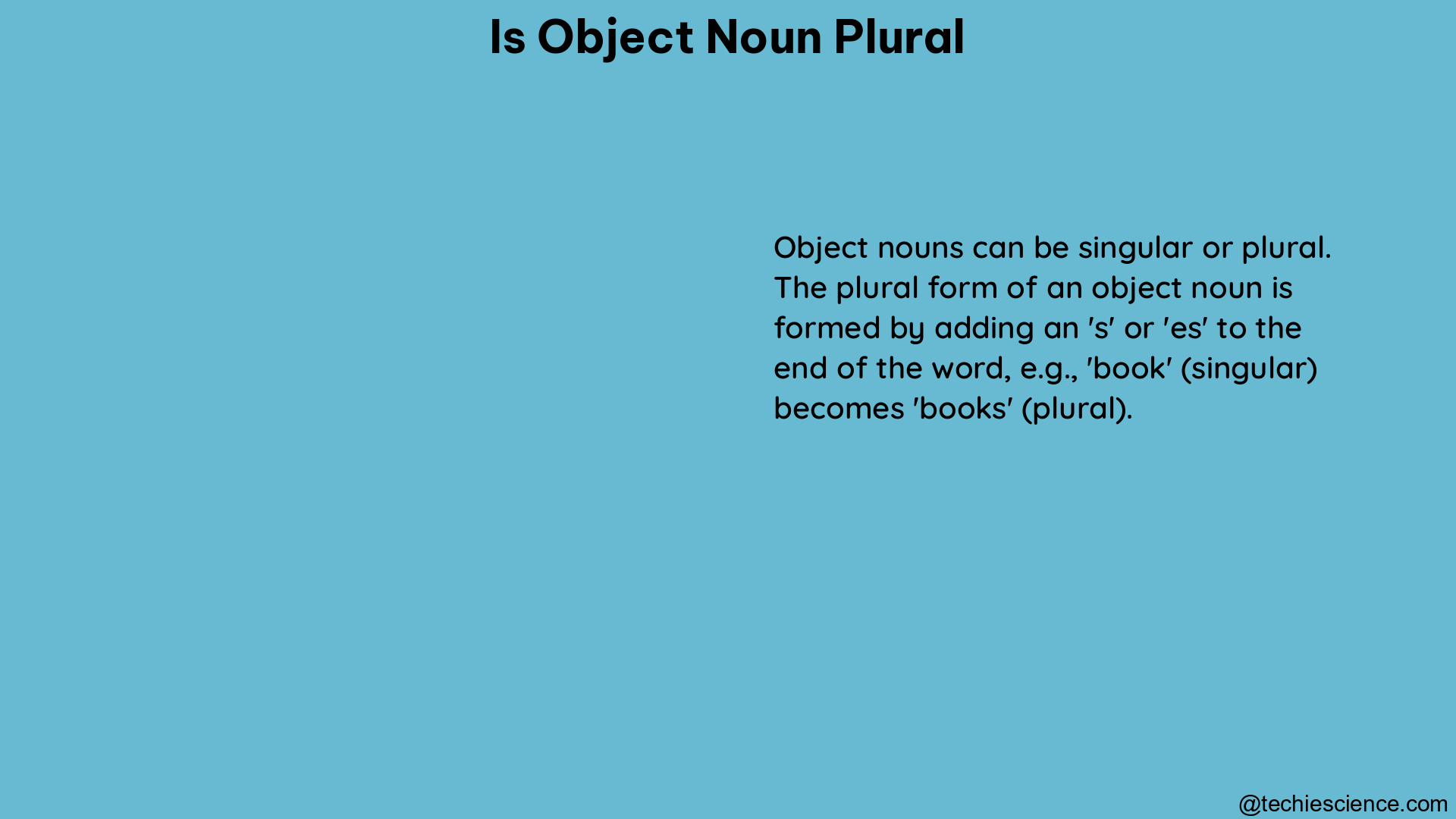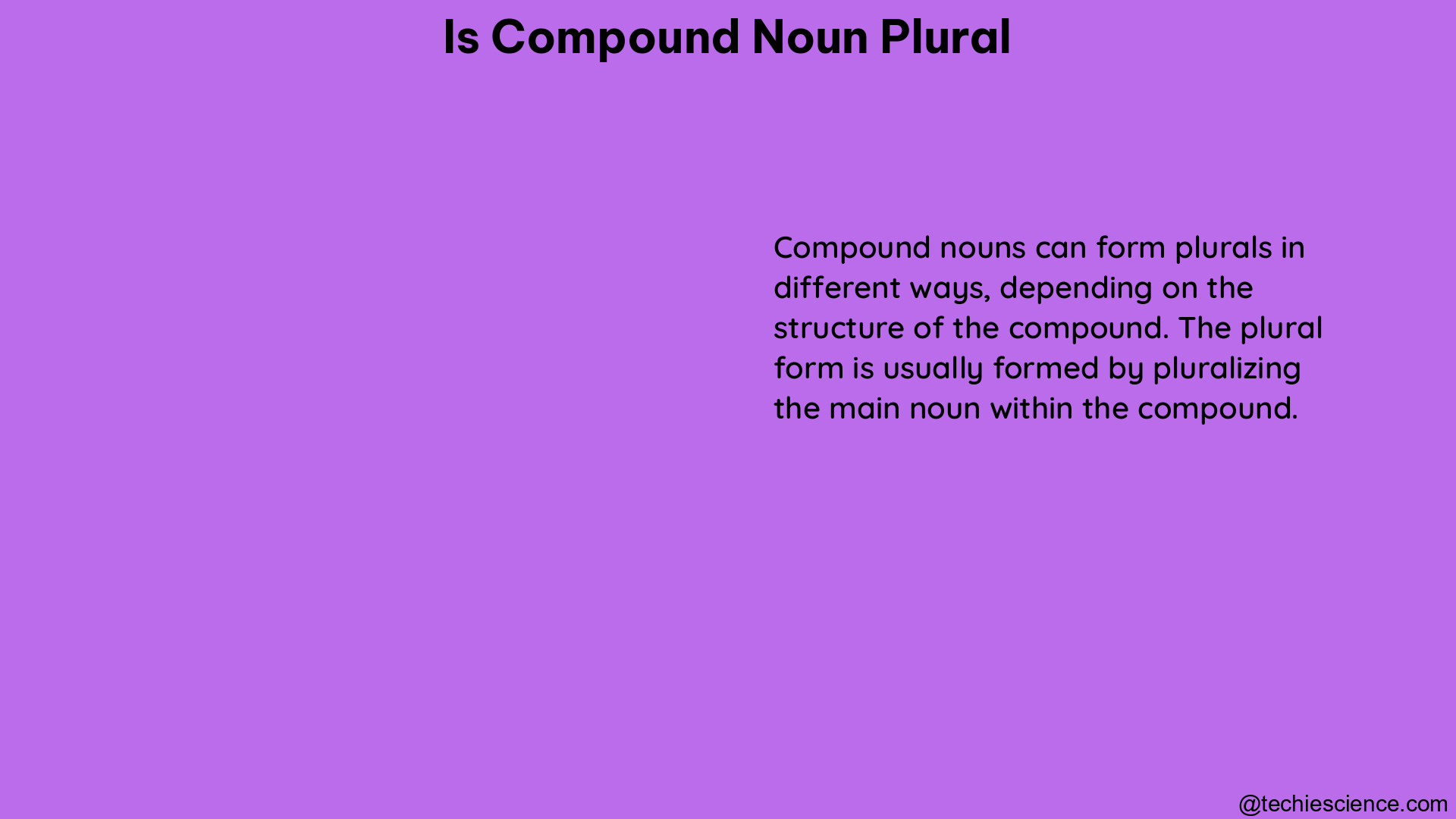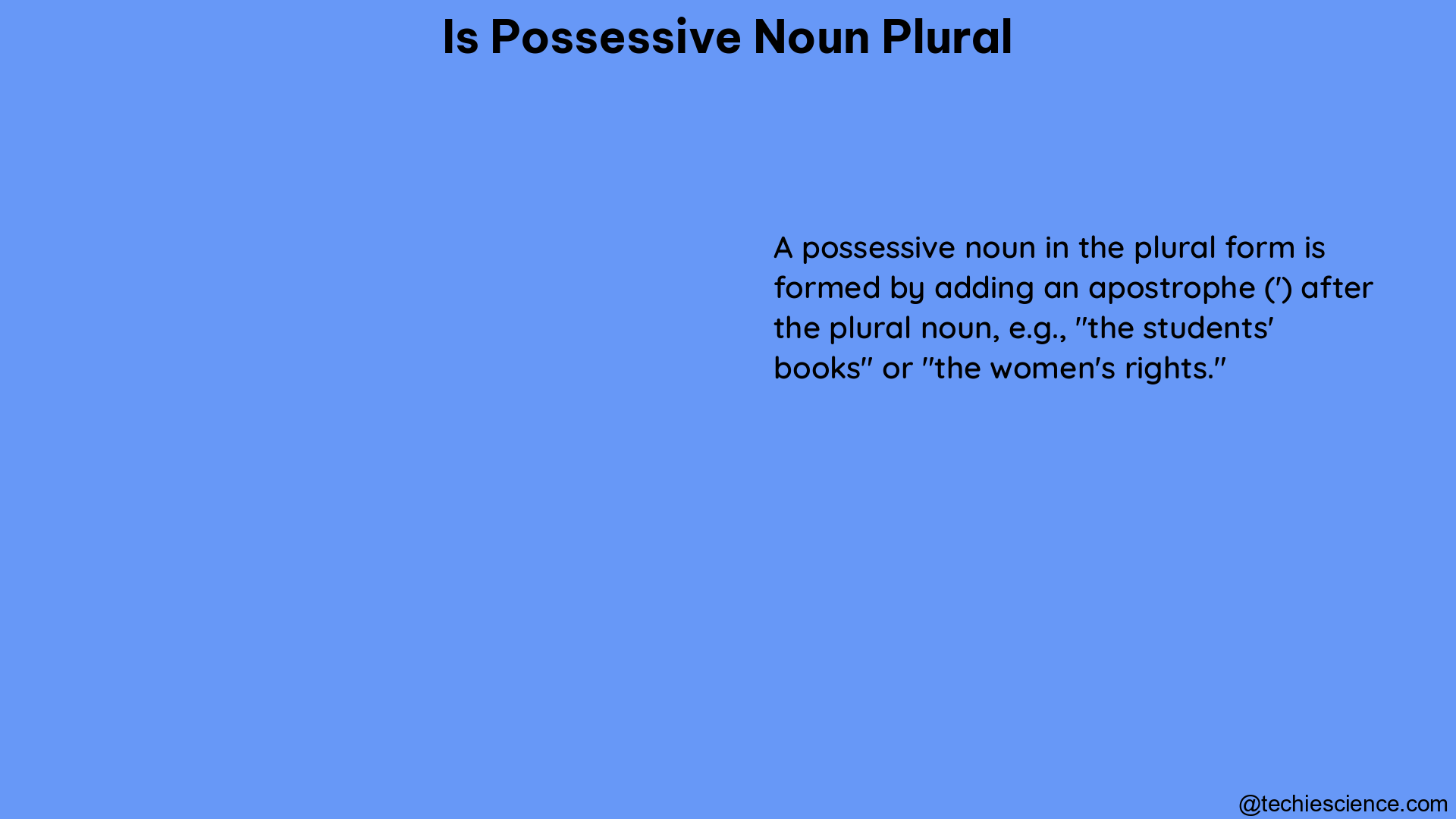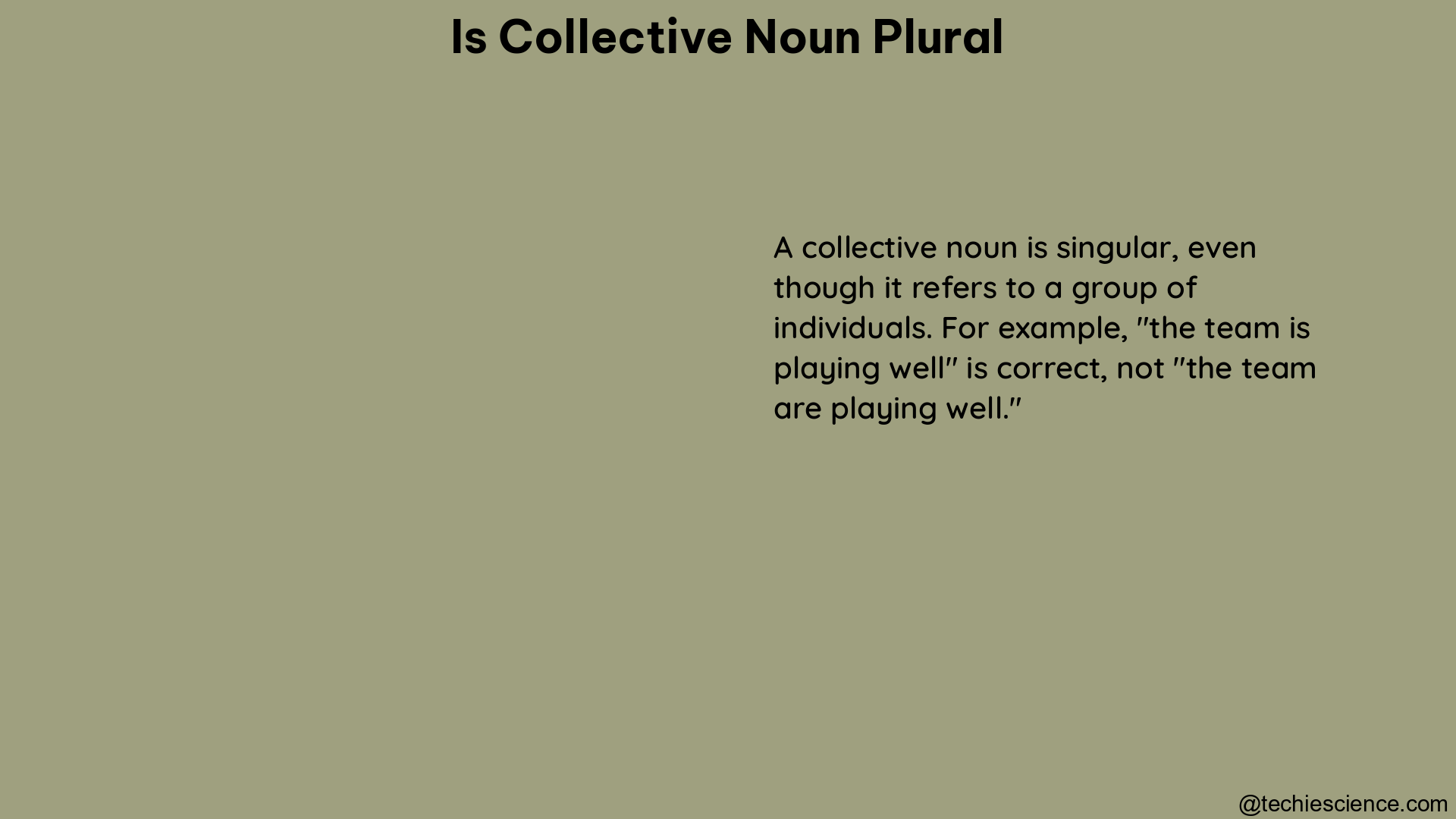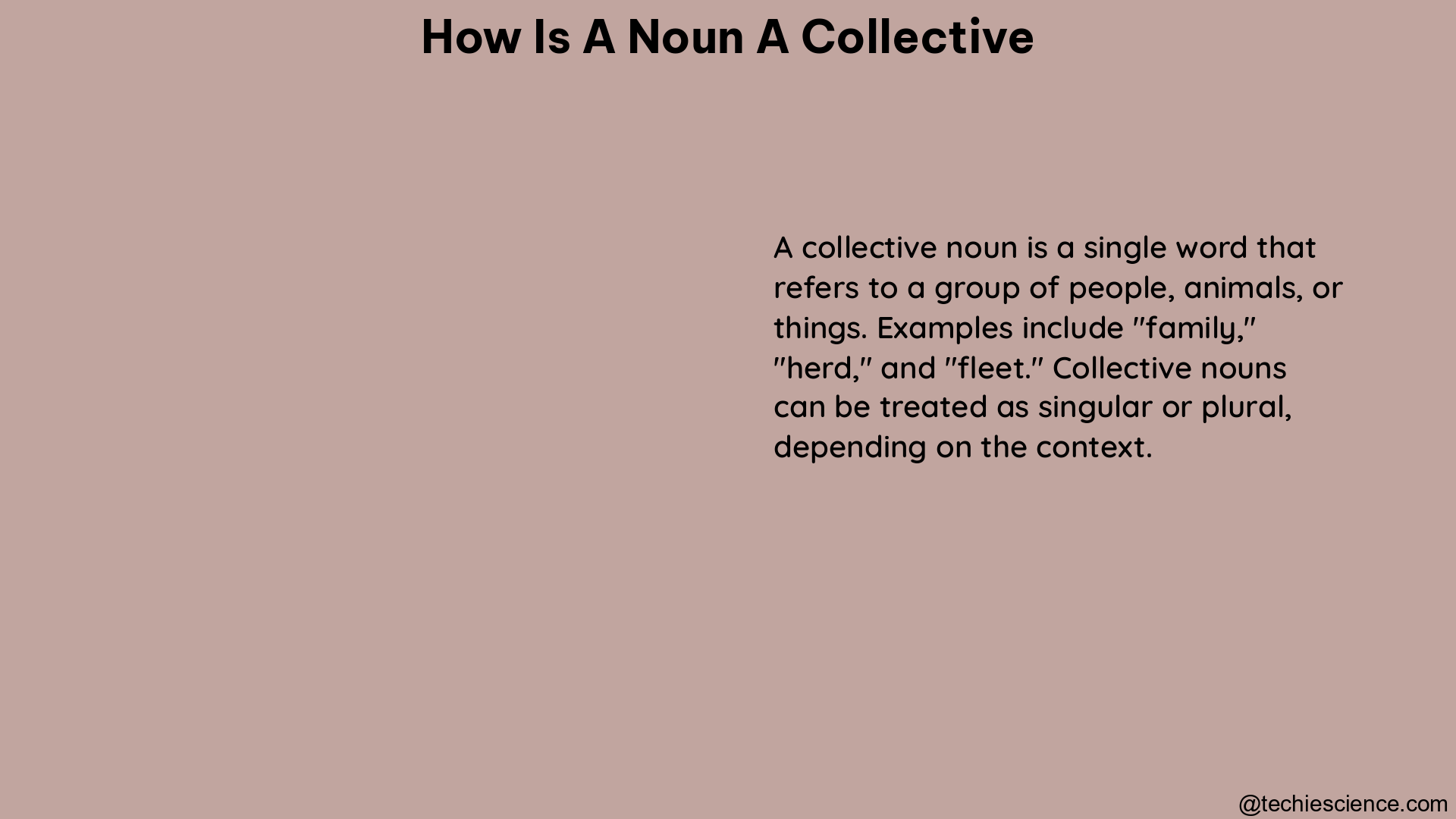In this article we’re going to take a deeper look into coordinate adjectives with the help of many useful coordinate adjective examples.
As we all know adjectives are describing words and coordinate adjectives also work in s similar vein.
What are coordinate adjectives
Coordinate adjectives are when two or more adjectives are used one after the other to describe the same noun. Such adjectives are usually separated by a comma or the word ‘and’.
- Coordinate adjectives can be used in any order.
- If they cant possibly be used in any order, then they are not coordinate adjectives.
- This means that if there are two adjectives used before a noun then their placements can be interchanged with each other as well.
Coordinate adjectives sentences
1. I saw a woman with long, shiny hair.
- In the above given example, the words ‘long’ and ‘shiny’ are coordinate adjective examples.
- They both have been placed in front of the noun ‘hair’.
- As one can see they both have been separated by a comma and can also be interchanged.
2. Years ago, he used to be just a tall, skinny teenager.
- In the above given example, the words ‘tall’ and ‘skinny’ are coordinate adjective examples.
- They both have been placed in front of the noun ‘teenager’.
- As one can see they both have been separated by a comma and can also be interchanged.
3. The biscuits are kept behind that short, stout teapot.
- In the above given example, the words ‘short’ and ‘stout’ are coordinate adjective examples.
- They both have been placed in front of the noun ‘teapot’.
- As one can see they both have been separated by a comma and can also be interchanged.
4. My grandfather was a rather funny, jolly man.
- In the above given example, the words ‘funny’ and ‘jolly’ are coordinate adjective examples.
- They both have been placed in front of the noun ‘man’.
- As one can see they both have been separated by a comma and can also be interchanged.
5. The baby picked a small, green leaf from the bush.
- In the above given example, the words ‘small’ and ‘green’ are coordinate adjective examples.
- They both have been placed in front of the noun ‘leaf’.
- As one can see they both have been separated by a comma and can also be interchanged.
6. She has owned this one pretty, red scarf since the age of six.
- In the above given example, the words ‘pretty’ and ‘red’ are coordinate adjective examples.
- They both have been placed in front of the noun ‘scarf’.
- As one can see they both have been separated by a comma and can also be interchanged.
7. A cute, little girl approached us and asked us to buy her a cookie.
- In the above given example, the words ‘cute’ and ‘little’ are coordinate adjective examples.
- They both have been placed in front of the noun ‘girl’.
- As one can see they both have been separated by a comma and can also be interchanged.
8. That was the most amazing, entertaining film I have ever watched.
- In the above given example, the words ‘amazing’ and ‘entertaining’ are coordinate adjective examples.
- They both have been placed in front of the noun ‘film’.
- As one can see they both have been separated by a comma and can also be interchanged.
9. For our philosophy class we’ve got quite a smart, witty professor.
- In the above given example, the words ‘smart’ and ‘witty’ are coordinate adjective examples.
- They both have been placed in front of the noun ‘professor’.
- As one can see they both have been separated by a comma and can also be interchanged.
10. We stayed one night at a very strange, eerie house.
- In the above given example, the words ‘strange’ and ‘eerie’ are coordinate adjective examples.
- They both have been placed in front of the noun ‘house’.
- As one can see they both have been separated by a comma and can also be interchanged.
11. Yesterday was a bright, sunny day but today it’s raining.
- In the above given example, the words ‘bright’ and ‘sunny’ are coordinate adjective examples.
- They both have been placed in front of the noun ‘day’.
- As one can see they both have been separated by a comma and can also be interchanged.
12. No one get out of their house since it’s going to be a dark, stormy evening today.
- In the above given example, the words ‘dark’ and ‘storming’ are coordinate adjective examples.
- They both have been placed in front of the noun ‘evening’.
- As one can see they both have been separated by a comma and can also be interchanged.
13. Our family bought a quaint, tiny cottage in the neck of the woods.
- In the above given example, the words ‘quaint’ and ‘tiny’ are coordinate adjective examples.
- They both have been placed in front of the noun ‘cottage’.
- As one can see they both have been separated by a comma and can also be interchanged.
14. There was a large, scary monster in the movie we just watched.
- In the above given example, the words ‘large’ and ‘scary’ are coordinate adjective examples.
- They both have been placed in front of the noun ‘monster’.
- As one can see they both have been separated by a comma and can also be interchanged.
15. She lives with just her grumpy, old grandfather.
- In the above given example, the words ‘grumpy’ and ‘old’ are coordinate adjective examples.
- They both have been placed in front of the noun ‘grandfather’.
- As one can see they both have been separated by a comma and can also be interchanged.
16. He met a lively, young woman on his way home yesterday.
- In the above given example, the words ‘lively’ and ‘young’ are coordinate adjective examples.
- They both have been placed in front of the noun ‘woman’.
- As one can see they both have been separated by a comma and can also be interchanged.
17. This is the artistic, talented sister of mine I was talking about.
- In the above given example, the words ‘artistic’ and ‘talented’ are coordinate adjective examples.
- They both have been placed in front of the noun ‘sister’.
- As one can see they both have been separated by a comma and can also be interchanged.
18. We laid out in the garden under the mesmerizing, starry sky.
- In the above given example, the words ‘mesmerizing’ and ‘starry’ are coordinate adjective examples.
- They both have been placed in front of the noun ‘sky’.
- As one can see they both have been separated by a comma and can also be interchanged.
19. She has had a hot, tiring afternoon so don’t bother her.
- In the above given example, the words ‘hot’ and ‘tiring’ are coordinate adjective examples.
- They both have been placed in front of the noun ‘afternoon’.
- As one can see they both have been separated by a comma and can also be interchanged.
20. We visited many, crowded markets of the town.
- In the above given example, the words ‘many’ and ‘crowded’ are coordinate adjective examples.
- They both have been placed in front of the noun ‘markets’.
- As one can see they both have been separated by a comma and can also be interchanged.
21. The forecast is of a dull, cloudy weather.
- In the above given example, the words ‘dull’ and ‘cloudy’ are coordinate adjective examples.
- They both have been placed in front of the noun ‘weather’.
- As one can see they both have been separated by a comma and can also be interchanged.
22. July usually tends to be rainy, gloomy month.
- In the above given example, the words ‘rainy’ and ‘gloomy’ are coordinate adjective examples.
- They both have been placed in front of the noun ‘month’.
- As one can see they both have been separated by a comma and can also be interchanged.
23. Gelato is a sweet, creamy dessert we can have on a hot day.
- In the above given example, the words ‘sweet’ and ‘creamy’ are coordinate adjective examples.
- They both have been placed in front of the noun ‘dessert’.
- As one can see they both have been separated by a comma and can also be interchanged.
24. The small, playful dogs have been running behind each other.
- In the above given example, the words ‘small’ and ‘playful’ are coordinate adjective examples.
- They both have been placed in front of the noun ‘dogs’.
- As one can see they both have been separated by a comma and can also be interchanged.
25. When I was little I once adopted an adorable, moody cat.
- In the above given example, the words ‘adorable’ and ‘moody’ are coordinate adjective examples.
- They both have been placed in front of the noun ‘cat’.
- As one can see they both have been separated by a comma and can also be interchanged.
26. The company rented huge, spacious office for their work.
- In the above given example, the words ‘huge’ and ‘spacious’ are coordinate adjective examples.
- They both have been placed in front of the noun ‘office’.
- As one can see they both have been separated by a comma and can also be interchanged.
27. Our teacher was always a warm, comforting presence for all of us.
- In the above given example, the words ‘warm’ and ‘comforting’ are coordinate adjective examples.
- They both have been placed in front of the noun ‘presence’.
- As one can see they both have been separated by a comma and can also be interchanged.
28. This surgery has turned him into a sick, lethargic patient but hopefully not for long.
- In the above given example, the words ‘sick’ and ‘lethargic’ are coordinate adjective examples.
- They both have been placed in front of the noun ‘patient’.
- As one can see they both have been separated by a comma and can also be interchanged.
29. My friends got me the most thoughtful, personal gift I have ever received.
- In the above given example, the words ‘thoughtful’ and ‘personal’ are coordinate adjective examples.
- They both have been placed in front of the noun ‘gift’.
- As one can see they both have been separated by a comma and can also be interchanged.
30. Someone started a crazy, baseless rumor about us at school.
- In the above given example, the words ‘crazy’ and ‘baseless’ are coordinate adjective examples.
- They both have been placed in front of the noun ‘rumour’.
- As one can see they both have been separated by a comma and can also be interchanged.
31. These are the three, best books I have ever read.
- In the above given example, the words ‘three’ and ‘best’ are coordinate adjective examples.
- They both have been placed in front of the noun ‘books’.
- As one can see they both have been separated by a comma and can also be interchanged.
Coordinate adjectives use
- Coordinate adjectives help in giving a more detailed description of the noun in question.
- They help in adding extra information about the noun that they have been placed in front of.
- Such adjectives are also useful in painting a more vivid picture about the noun being describes.
Conclusion
Hence, the aforementioned examples paint a fairly clear picture of how coordinate adjectives function and can be used.
